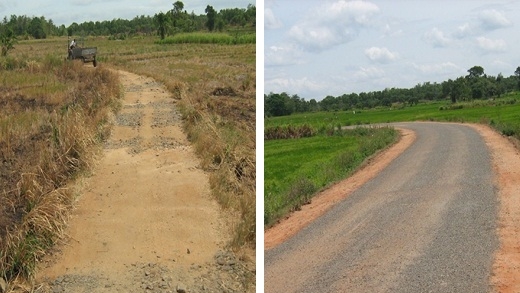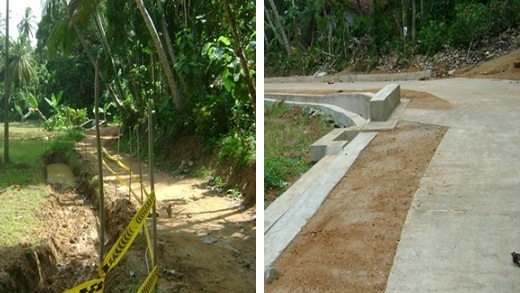Since 2008, the Road Sector Assistance Project has resurfaced over 620 kilometers of roads, nearly 160 km of rural roads contributing to the improved condition and reduced average vehicle operating costs on national roads. The project has also piloted a rural road strategy for the entire country with the compilation of the rural road inventory, mapping as well as prioritization criteria embedded in a database with the preparation of investment plans for prioritized roads. Most importantly, the capacity for the implementation of this process has been created within the local authorities.



